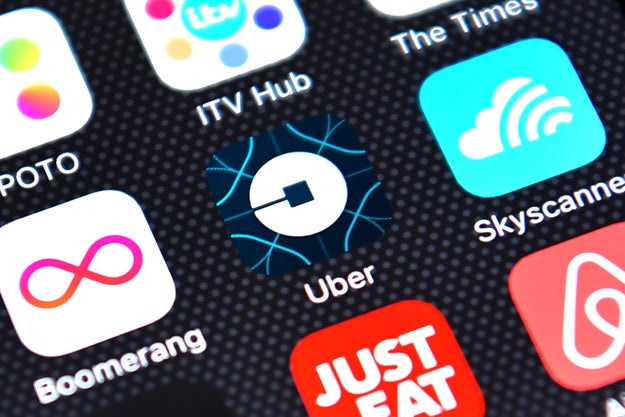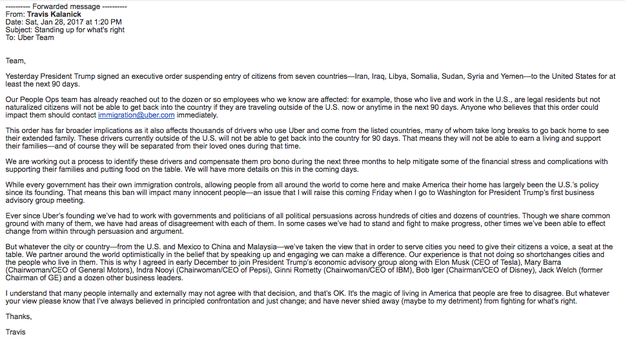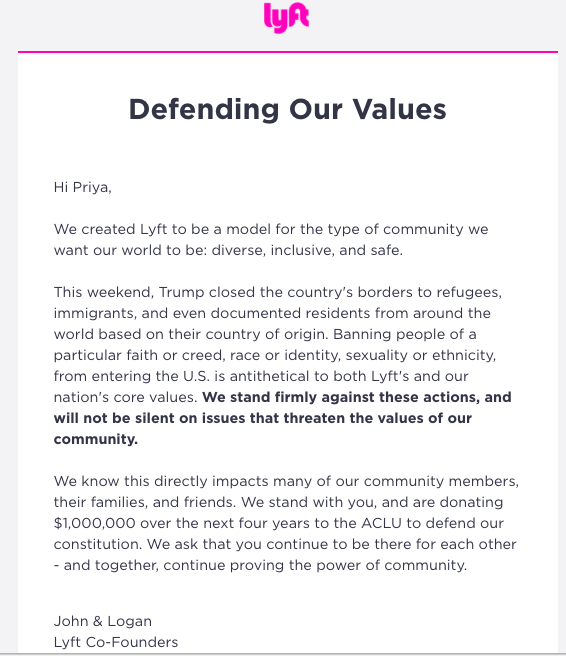Uber's 'Greyball' Technology Helped It Sidestep Law Enforcement Around The World
For years, Uber's been using a proprietary technology around the world to “identify and circumvent” law enforcement officials who were tracking the ride-hail giant, according to a New York Times story published Friday. When asked for comment on the technology, dubbed “Greyball,” Uber said, “This program denies ride requests to users who are violating our terms of service — whether that’s people aiming to physically harm drivers, competitors looking to disrupt our operations, or opponents who collude with officials on secret ‘stings’ meant to entrap drivers.”
If Uber&039;s research indicated an app user was a city official, the Times reports, the backend of the app would tag that user “greyball.” Greyballed users would see a fake version of the app with animated cars that did not correspond to the real locations of drivers, and rides requested by those users were usually cancelled. The company&039;s legal team approved the program as part of its terms of service, according to the Times.
This may or may not mire the company in legal trouble, the Times reports. Greyball could be a violation of the federal Computer Fraud and Abuse Act or intentional obstruction of justice, depending on how the program interacted with local law enforcement.
According to the Times, Uber deployed Greyball in Boston, Paris, and Las Vegas, among other cities, and across Australia, China, Italy, and South Korea, most often when it first introduced its service to cities. Often when Uber first came to new markets, there were little or no regulations for the ride-hail service. The company does not require drivers to be commercially licensed. So as local officials tried to gather details on Uber or collude with taxi drivers on stings, the company would greyball them, the Times reports.
The company said it rarely used Greyball to evade law enforcement. The technology&039;s primary use, according to a spokesperson, was to circumvent competitors and to keep Uber drivers safe in places where they had faced intimidation and physical violence.
On the same day as the Times story broke, Uber&039;s vice president of product and growth Ed Baker resigned, telling employees he wanted to focus on the public sector. According to Recode, his departure may have ties to a complaint that Baker had a sexual relationship with another Uber employee. He&039;s the second senior executive to leave the company in a week after CEO Travis Kalanick asked Amit Singhal, vice president of engineering, to resign after it came to light that he had been investigated for sexual harassment at his previous employer, Google, according to Recode.
Times published yet another story on Friday detailing more internal Uber drama: The company is considering revamping its stock options program after complaints by employees. Uber is a privately held company that partially compensates employees via stock that they can purchase at discounted rates; however, it only allows 30 days for employees who quit to buy said stock before they forfeit the right. Many other tech companies give months or even years, according to the Times. By contrast, Uber employees who have bought the private stock have been saddled with high fees as the company&039;s valuation has risen to $70 billion, forcing them to choose between staying at the company to preserve those options or leave and abandon a potential windfall.
Uber has had a rough time the past few weeks:
In response to a blog post on February 19 by former Uber employee Susan Fowler that detailed blistering accusations of sexism at the company, women working at Uber met with Travis Kalanick and told him that the problem was company-wide. Following the revelations of sexism came an embarrassing video, published Tuesday by Bloomberg, of CEO Travis Kalanick arguing with a driver over pay. Kalanick said he&039;d seek “leadership help.“
In addition to the internal shuffle, Alphabet&039;s self-driving car company Waymo filed suit against Uber last week, alleging that Uber&039;s Anthony Lewandoski, an engineer who once worked at Google, stole Waymo&039;s technology and shared it with Uber.
In January, #DeleteUber began trending in response to the perception that the company was strikebreaking in New York City, leading roughly 200,000 people to erase the app from their phones. The campaign preceded and seemed to play a role in Kalanick quitting his much-contested spot on President Trump&039;s advisory council.
In response to a request for comment, Uber said it used Greyball in places where its service was not explicitly banned and it believed it had a right to operate.
Quelle: <a href="Uber&039;s &039;Greyball&039; Technology Helped It Sidestep Law Enforcement Around The World“>BuzzFeed











